Apple laptops have really come a long way in recent years. In the last decade, we could see the ups and downs of the Pro models, the novelty of the 12″ MacBook, which Apple subsequently abandoned, and a number of other innovations. But in today's article, we will look at the MacBook Pro from 2015, which is still an incredible success in 2020. So let's take a look at the benefits of this laptop and explain why in my eyes it is the best laptop of the decade.
It could be interest you
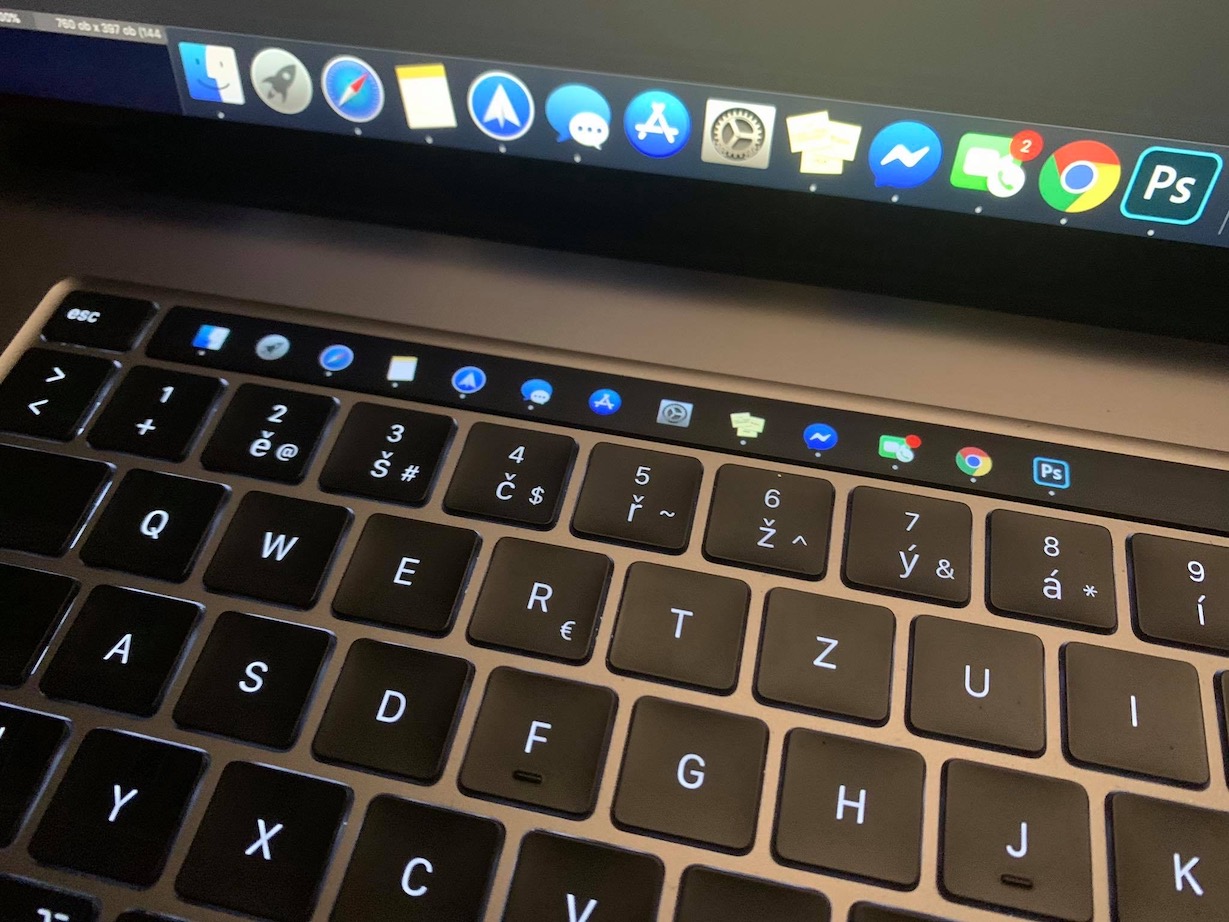
Connectivity
The famous "pro" from 2015 was the last to offer the most necessary ports and thus boasted the best connectivity. Since 2016, the Californian giant has relied only on the Thunderbolt 3 interface with a USB-C port, which is arguably the fastest and most versatile, but on the other hand, it is still not widespread today, and the user has to purchase various adapters or hubs. But are the aforementioned mushrooms such a problem? The majority of apple laptop users relied on a number of various reductions even before 2016, and from my personal experience I have to admit that this was not a big problem. But connectivity still plays into the cards of the 2015 model, which certainly no one can deny.
In favor of connectivity, three main ports play a major role in particular. Among those, we must definitely include HDMI, which allows you to connect an external monitor at any time and without necessary reductions. The second port is undeniably the classic USB type A. A lot of peripherals use this port, and if you want to connect a flash drive or an ordinary keyboard, for example, it is definitely useful to have this port. But from my point of view, the most important thing is the SD card reader. It is necessary to realize who the MacBook Pro is intended for in general. These machines are relied upon by a wide range of photographers and video makers around the world, for whom a simple card reader is absolutely essential. But as I mentioned above, all these ports can be easily replaced with a single hub and you are practically done.
Battery
Until recently, I entrusted my work exclusively to my old MacBook, which was the 13″ Pro model (2015) in basic equipment. This machine has never let me down and I've always felt confident that I can fully rely on this Mac. My old MacBook was solid enough that I absolutely did not check the number of charge cycles. As I was upgrading to a newer model, I thought to check the cycle count. At this moment, I was incredibly surprised and did not want to believe my eyes. The MacBook reported more than 900 charge cycles, and I never once felt that the battery life weakened significantly. The battery of this model is praised by users across the entire apple community, which I can honestly confirm.

Keyboard
Since 2016, Apple has been trying to come up with something new. As you all know, the Californian giant started equipping its laptops with the so-called butterfly keyboard with a butterfly mechanism, thanks to which it was able to reduce the stroke of the keys. Although it may seem good at first glance, unfortunately the opposite has become true. These keyboards reported an incredibly high failure rate. Apple tried to respond to this problem with a free exchange program for these keyboards. But the reliability somehow did not increase significantly even after three generations, which led Apple to finally abandon butterfly keyboards. MacBook Pros from 2015 boasted an even older keyboard. It was based on a scissor mechanism and you probably won't find a user who would complain about it.
Apple dropped the butterfly keyboard last year for the 16″ MacBook Pro:
Performance
On paper, in terms of performance, the 2015 MacBook Pros are not much. The 13″ version boasts a dual-core Intel Core i5 processor, and the 15″ version has a quad-core Intel Core i7 CPU. From my own experience, I must say that the performance of my 13″ laptop was more than sufficient and I had no problem with normal office work, creating preview images through graphic editors or simple video editing in iMovie. As for the 15″ version, a number of video makers are still working with it, who cannot praise the performance of the device and are not considering buying a new model at all. In addition, I recently met an editor who has a 15″ MacBook Pro 2015. This person complained that the operation of the system and the editing itself are starting to stop. However, the laptop was quite dusty, and as soon as it was cleaned and re-pasted, the MacBook ran like new again.
So why is the 2015 MacBook Pro the best laptop of the decade?
Both variants of the apple laptop from 2015 offer perfect performance and stability. Even today, 5 years after the introduction of this model, MacBooks are still fully functional and you can fully rely on them. The battery definitely won't let you down either. This is because even with multiple cycles, it can offer unrivaled endurance, which certainly no competitive five-year-old laptop can offer you at any price. The aforementioned connectivity is also a pleasant icing on the cake. It can be easily replaced with a high-quality USB-C Hub, but let's pour some pure wine and admit that carrying a hub or adapter everywhere can become a thorn in your side. Sometimes people also ask me which MacBook I would recommend to them. However, these people usually don't want to invest 40 thousand in a laptop and are looking for something that would ensure stability for browsing the Internet and office work. In that case, I usually recommend the 13″ MacBook Pro from 2015 without hesitation, which clearly ranks among the best laptops of the previous decade.

What future awaits the next MacBook Pro?
Along with the Apple MacBooks, there has long been talk of a transition to ARM processors, which Apple would produce directly on its own. For example, we can mention iPhone and iPad. It is this pair of devices that uses chips from the Californian giant's workshop, thanks to which they are several steps ahead of their competition. But when will we see apple chips in apple computers? The more knowledgeable among you will surely know that this would not be the first transition between processors. In 2005, Apple announced a very risky move that could easily completely sink its computer series. At that time, the Cupertino company relied on processors from the PowerPC workshop, and in order to keep up with the competition, it had to completely replace the architecture used at the time with chips from Intel, which still beat in Apple laptops today. A lot of current news is talking about the fact that ARM processors for MacBooks are literally just around the corner, and we could expect a transition to Apple chips as early as next year. But this is a very complex and risky matter, for which many people expect that the performance of the MacBooks themselves will increase markedly together with processors from Apple.
It could be interest you
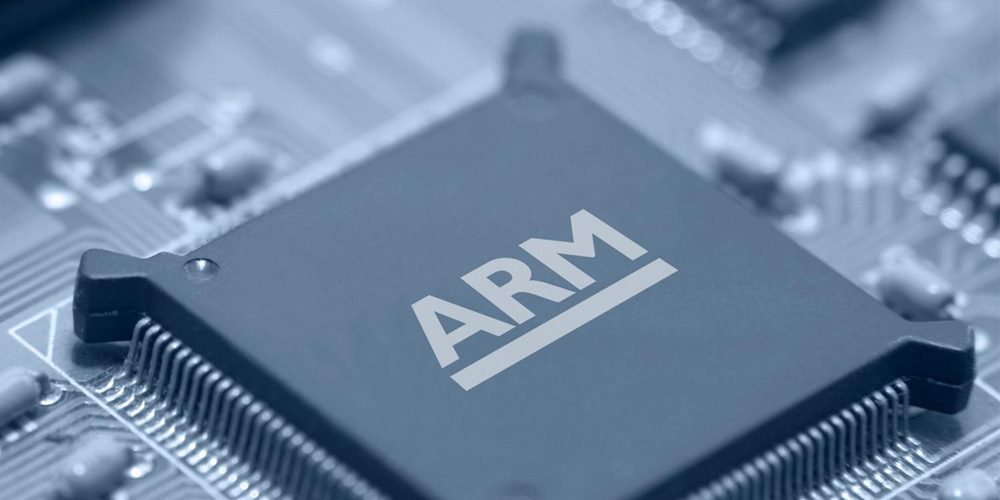
However, one should be careful with this statement. It can be expected that the first generations will not have all the bugs figured out and, despite the larger number of cores, they may offer the same performance. The transition to a new architecture cannot be described as a short process. However, as is customary with Apple, it always tries to offer its customers the greatest possible performance. Although apple products are weaker on paper, they benefit above all from their perfect optimization. Processors for Apple laptops could also be the same, thanks to which the Californian giant could once again noticeably leapfrog its competition, gain better control over its laptops and, above all, could optimize them much better for running the macOS operating system. But it will take time. What is your opinion on ARM processors from Apple's workshop? Do you believe that the performance increase will come immediately or will it take some time? Let us know in the comments. Personally, I strongly hope for the success of this new platform, thanks to which we will start to look at Macs a little differently.

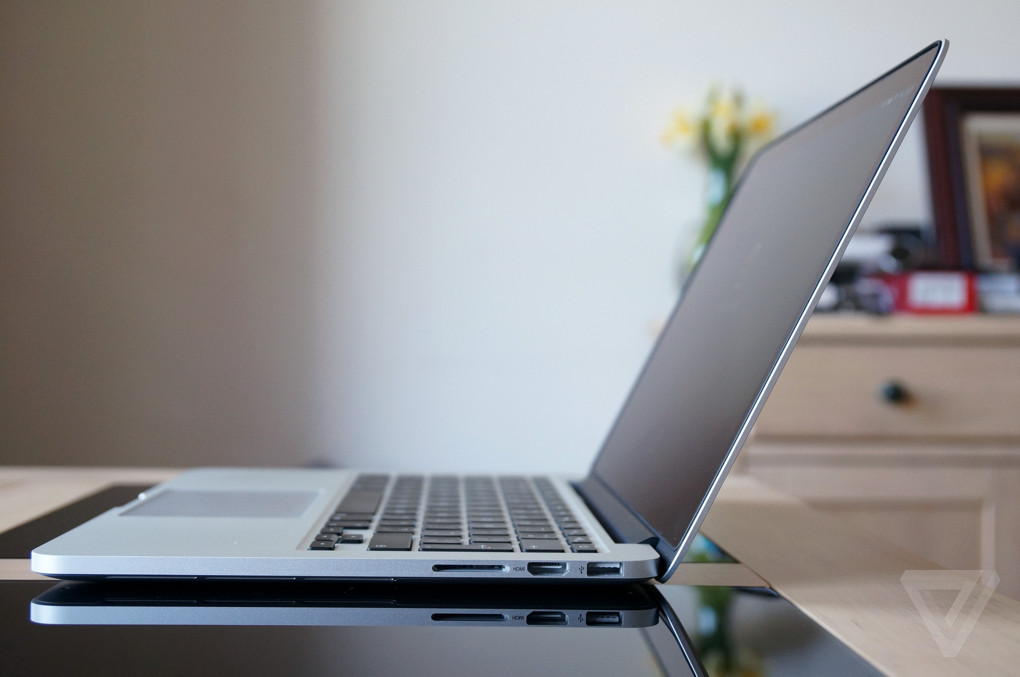
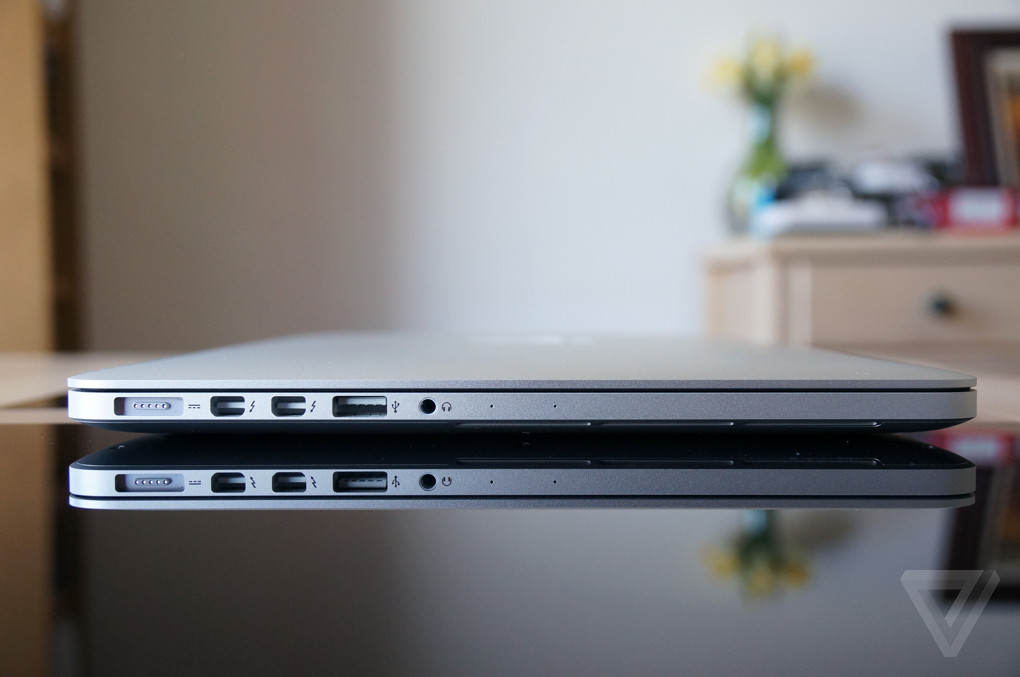
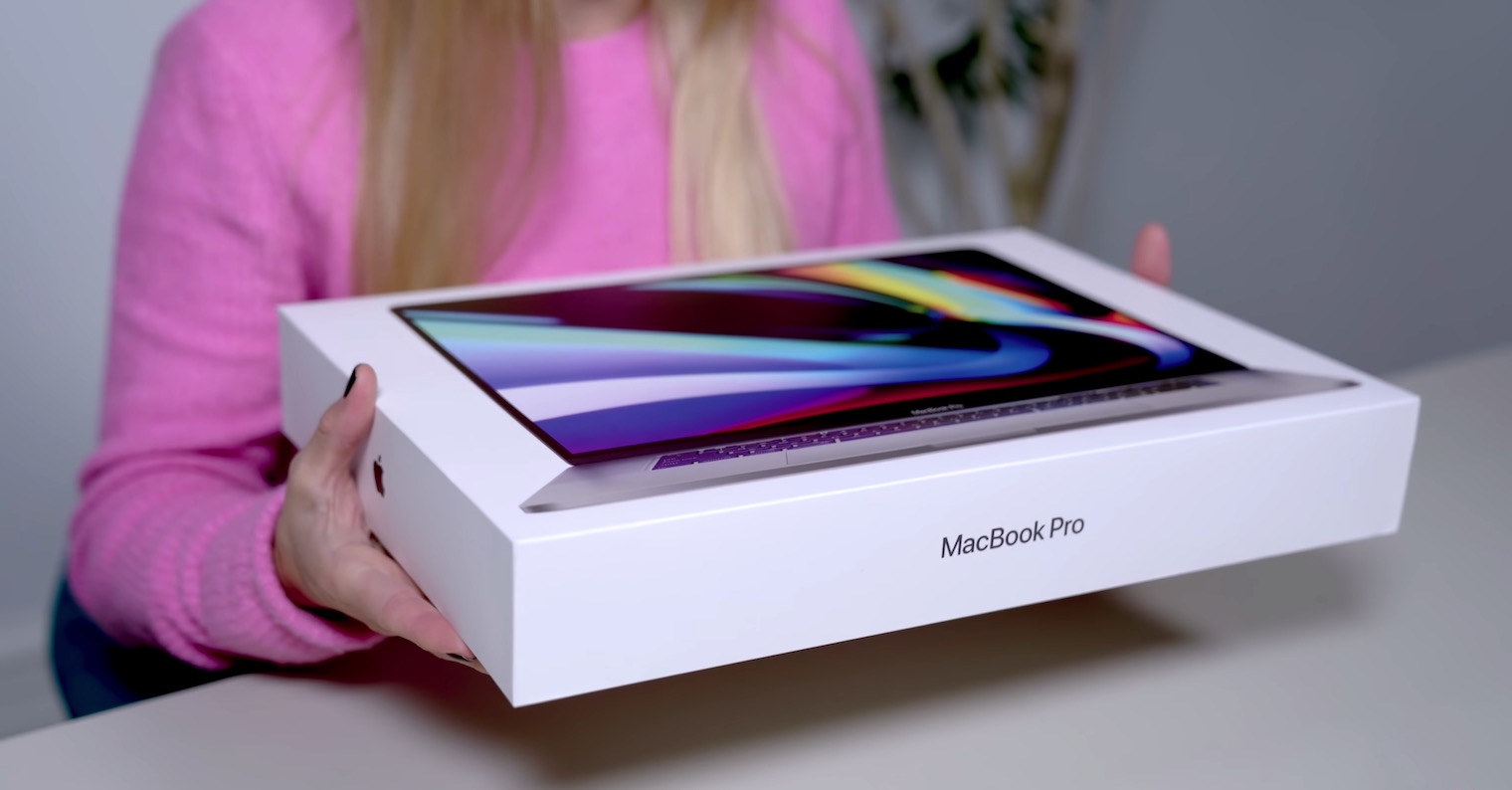
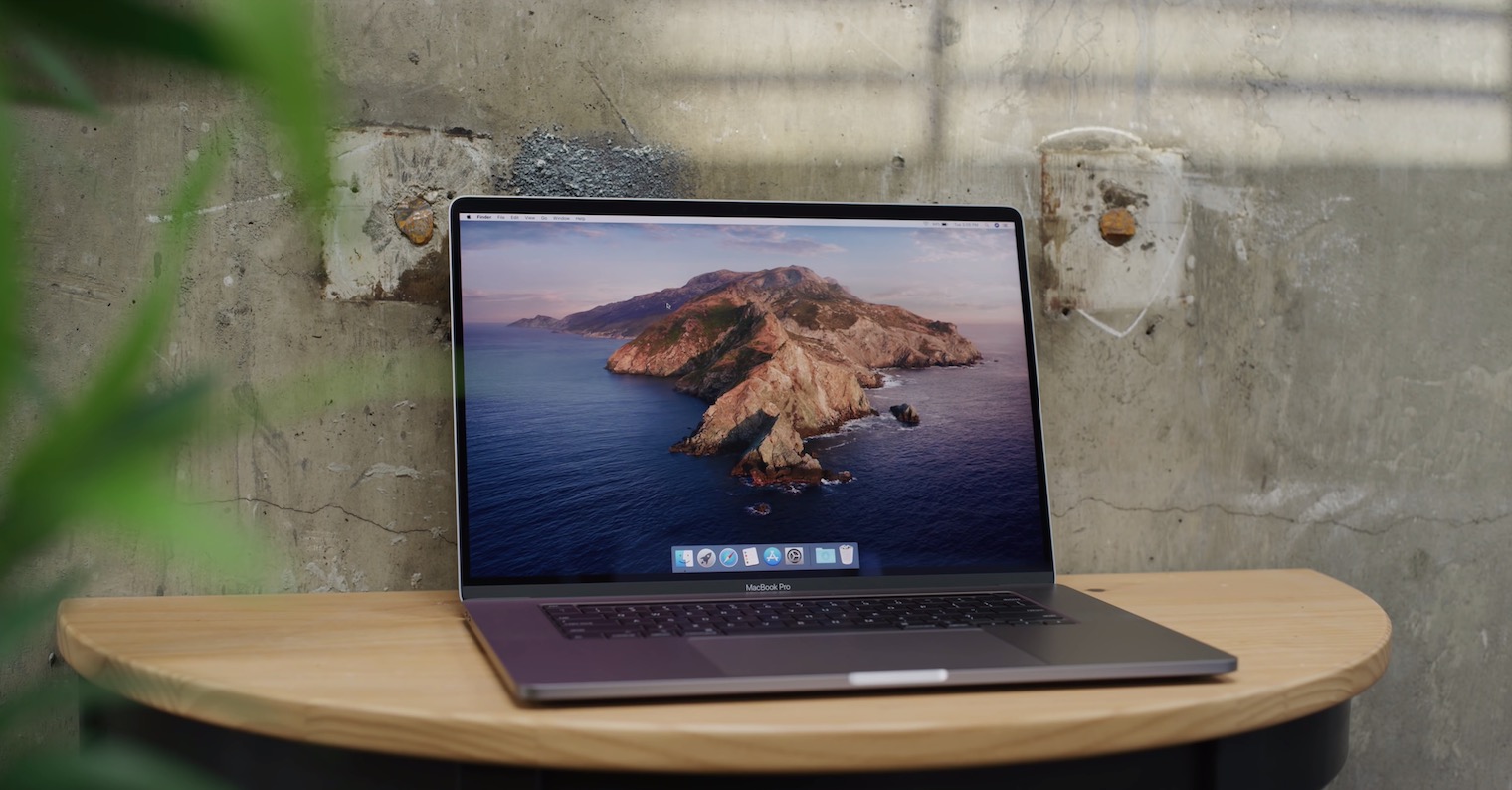
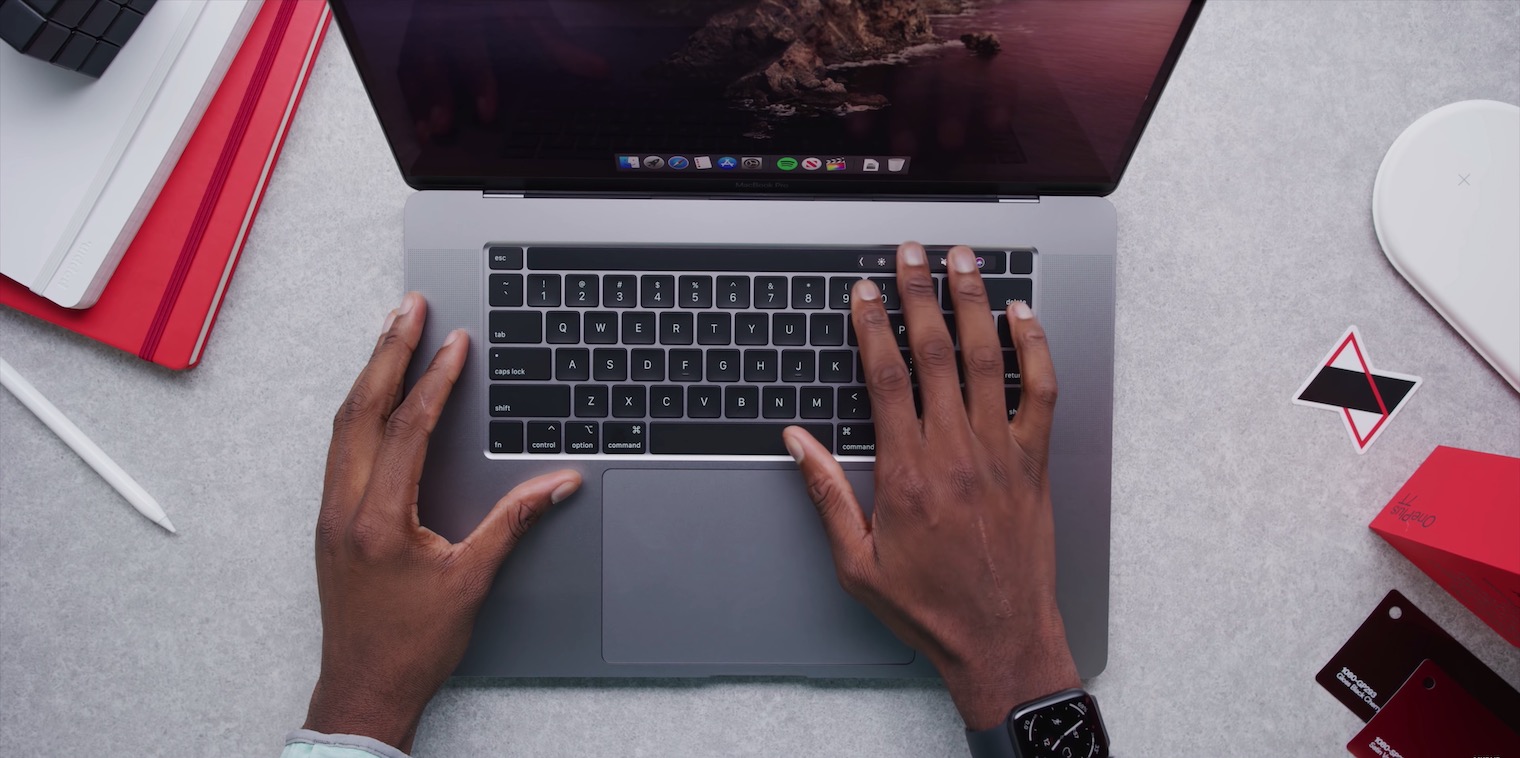
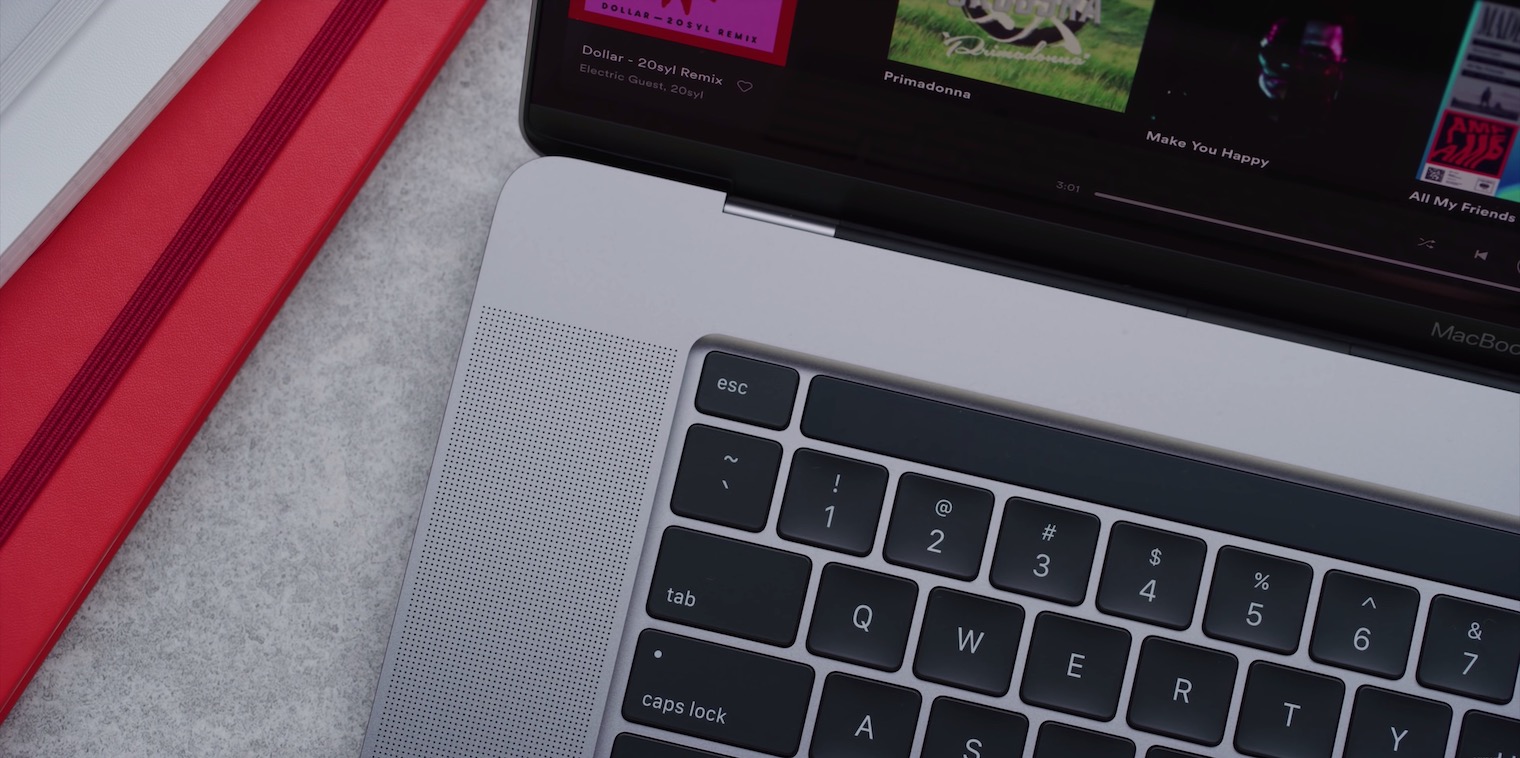
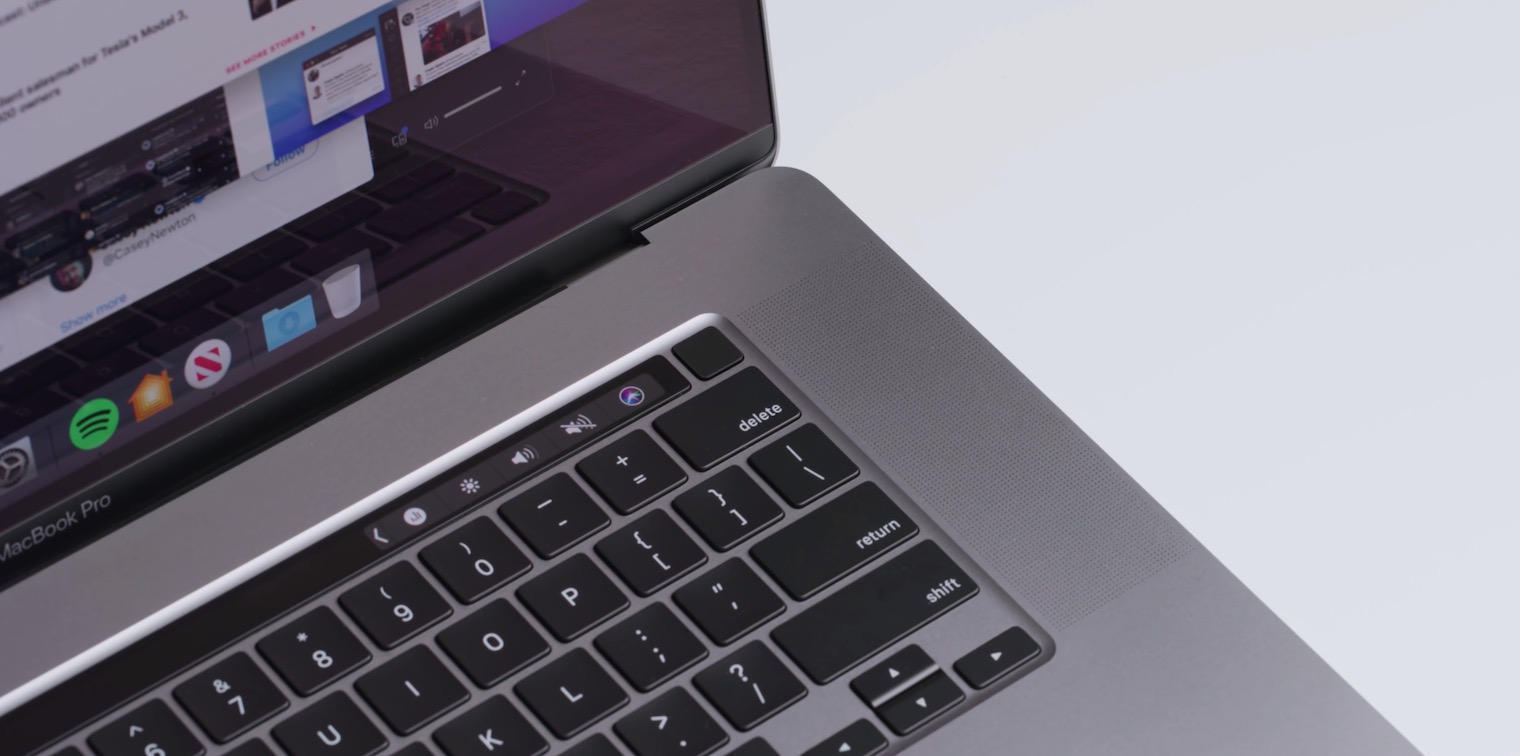
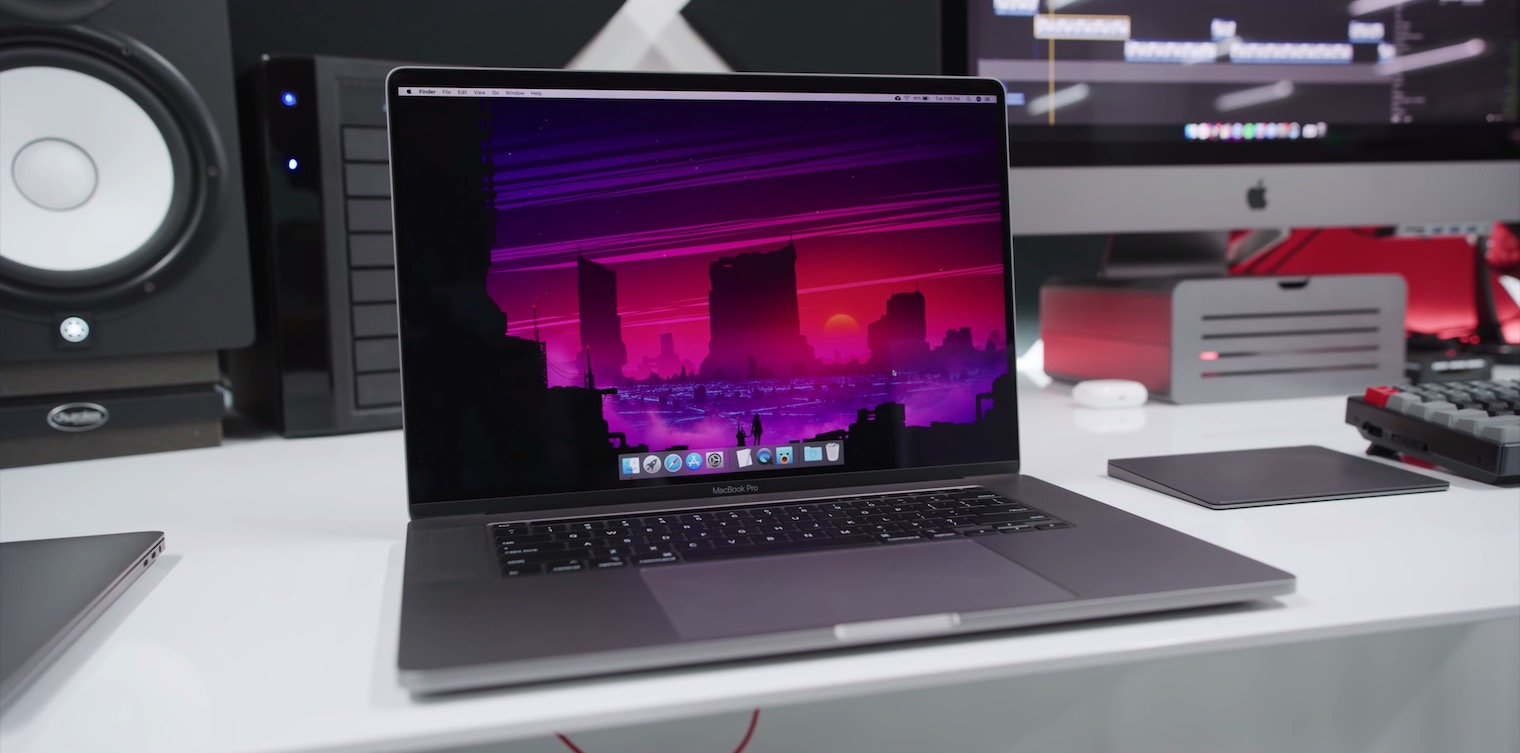
I have a 15" MBPr 2015 in top equipment, it serves perfectly and will probably serve for a few more years.
The author relies a lot on the verb to rely on :) Otherwise, I agree. In my MBP 13 2015 I would probably only change the CPU to a 4 core for video editing.
In my humble opinion, the mbp 2011 and 2012 unibody are the best models that apple has produced in the laptop series
Yes, they are even better, but the Pigeon Gate can no longer remember you. ?
I've used mbp 2010 and 2011 15″ and looking at it today, their unibody looks like a tank, a solid piece of hardware that will last. Both pieces could be bought quite cheaply for under 40 (today a 15" would cost over 60). The 2010 stopped working after about 8 years, the 2011 is still running after 9 years, but sometimes it stutters.
I can't agree. MacBook Pro 2011 was recommended to me for practical hunting. Again. And I will not revive him again.
Buy a five-year-old laptop with a dual-core processor? Otherwise, two usb-c on one laptop is a disaster, I wouldn't want to drag the adapter everywhere. I myself have a thirteen-inch laptop with four usb-a, ethernet, charging port, hdmi, vga, mechanical and two 3.5 mm jacks. I would like VGA and ethernet, but otherwise I use everything.
those unibodies were or still are TOP
replace the battery for a couple of coins, ssd is also not a problem to replace the RAM if you have 16GB already
With a 2012 unibody, where you have two usb3 ports and a Superdrive (yes, probably obsolete for many, but still practical for me, for example)
for the fact that it is an 8-9 year old computer, it works extremely well
:)
I agree, I have a MacBook Pro 2012 and I only changed the broken touchpad, otherwise everything is original and works as it should. I don't want new MBs, they are overpriced and USB C doesn't suit me...
You forgot about MagSafe 2.
Intel has fallen asleep without competition, so the performance has not improved much, and meanwhile Apple is tripping over failed keyboards. Therefore, he does not have a proper replacement. Macbook Pro 2015 in basic equipment is still an excellent machine!
Apple knows how to make a good keyboard – the Smart Folio for the iPad Pro is much better than all the horrors they've put out over the last few years…
You mix apples with pears. Of course the iphone has great cameras, but this laptop hasn't advanced a pixel with the camera since 2015, keyboard detto :-/
Mac because of 2010 and it still works like a charm. The best investment in electronics.
Yes, 17" was unattainable and still works... it's a shame that Apple lives only by commerce...
I'm afraid the switch to ARM will be final for me after a long time…
I need virtual windows...
On the other hand, their laptops are really a terrible decline lately, and the quality of MacOS is slowly ceasing to "catch up"...
Thanks Vráťa for a nicely written article, of course it is a subjective opinion, for example I have other favorites. I have used 6 MacBooks over the past decade (15″ MBP 2010, 2011, 15″ MBP 2013, 13″ MBA 2014, 15″ MBP 2016, 12″ MB 2015) and in my opinion the best laptop from Apple is the last one from the end of the last decade. MacBook Pro 16″ 2019, just ahead of the 12″ MacBook from 2017. Why 16″ MBP? Because in 3 years they have finally tuned all the flies - cooling (as far as possible), keyboard, performance (cpu and gpu), enlarged the display, improved the speakers, now it looks like the "ultimate machine". Before I save up for the 16, I'll be on the 12″ MB, which I like because it's incredibly light, quiet and powerful enough for 95% of the things I need (office use, graphic design, WordPress). 13″ is a compromise in my opinion, and I prefer a large laptop to replace a desktop or a small laptop to supplement with a powerful desktop.
I doubt the performance of the new MacBooks with ARM processors, unless we are only talking about the result from Geekbench. Intel missed the train, but there is AMD, which can slow down the arrival of ARM, we will see who wins, competition is needed.
PS: writing comments in such a small text field is punishable, all errors reserved :-)
MagSafe 1 l or 2)
that was also one of the reasons why I didn't upgrade
Very practical, shame
I am of the opinion that 2015, 2014 and 2013 late are the same (they differ more or less in details). And it really is a super machine.
I mean the 15″ variant. It has 4 cores and is also better cooled than the 13″ models.
Power to spare, a hassle-free keyboard.
Exactly what is described, battery 90% capacity (after 500 cycles). Thanks to the iris graphics and retina display, it is more voracious than economical processors, but the large battery capacity will catch up.
Phenomenal Wifi, amazing monitor connection options.
The only thing I can't live without is a GbLan Dongle with a USB hub in one and a reduction from Minidisplayport to VGA/HDMI/DVI.
All this under 25.